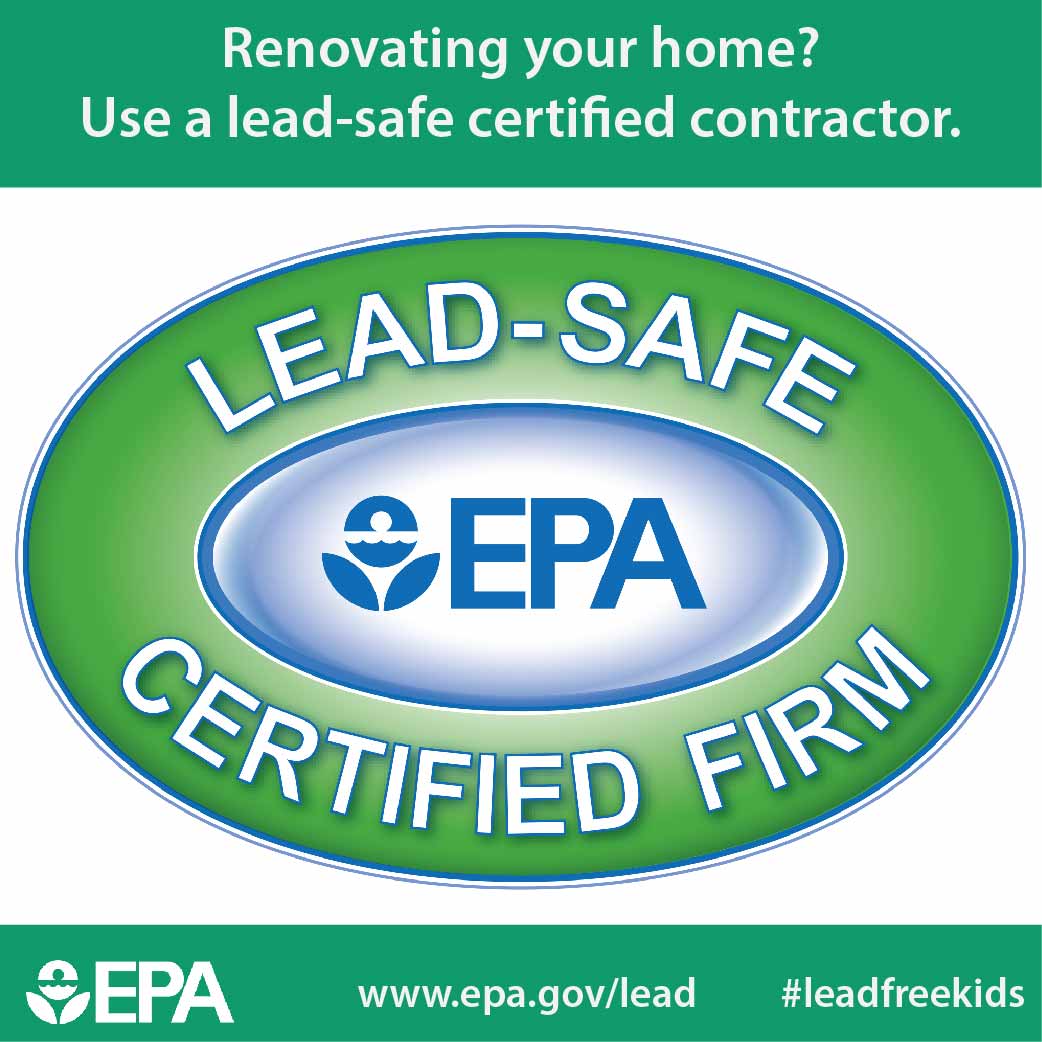Factors To Consider For Business Exterior Painting By Period: Crucial Information You Must Have
Factors To Consider For Business Exterior Painting By Period: Crucial Information You Must Have
Blog Article
Staff Writer-Ford Whalen
When you're intending an industrial exterior paint job, seasonal elements can make or break your results. You'll wish to take into consideration just how temperature and humidity effect paint application and drying times. Selecting the ideal season can ensure your paint adheres appropriately and lasts longer. However which seasons are absolutely the very best for this sort of job? Allow's check out the crucial elements that can influence your task's success.
The Effect of Temperature on Paint Application
When you're preparing a business external paint job, the temperature can significantly influence exactly how well the paint sticks and dries.
Ideally, you want to repaint when temperature levels vary in between 50 ° F and 85 ° F. If it's as well cool, the paint may not treat correctly, leading to issues like peeling off or breaking.
On the other side, if it's as well warm, the paint can dry as well quickly, stopping proper adhesion and resulting in an unequal coating.
You should likewise consider the moment of day; early morning or late afternoon provides cooler temperature levels, which can be a lot more desirable.
Constantly check the producer's suggestions for the certain paint you're utilizing, as they usually give guidance on the ideal temperature variety for optimal outcomes.
Humidity and Its Impact on Drying Times
Temperature isn't the only ecological aspect that influences your commercial outside paint task; moisture plays a considerable function too. High humidity levels can slow down drying times substantially, affecting the total quality of your paint task.
When the air is filled with wetness, the paint takes longer to cure, which can lead to issues like inadequate adhesion and a greater threat of mildew development. If you're repainting on an especially damp day, be planned for prolonged delay times in between coats.
It's important to keep track of local weather and strategy appropriately. Ideally, aim for humidity levels between 40% and 70% for ideal drying.
Maintaining these factors in mind ensures your project remains on track and supplies an enduring finish.
Best Seasons for Commercial Exterior Paint Projects
What's the most effective season for your commercial outside painting tasks?
exterior painters near me and very early autumn are generally your best options. Throughout paint expiration date , temperature levels are mild, and humidity degrees are typically reduced, producing perfect conditions for paint application and drying out.
Stay clear of summertime's intense heat, which can trigger paint to dry also rapidly, causing bad bond and surface. Likewise, winter season's chilly temperature levels can prevent appropriate drying and curing, risking the longevity of your paint task.
Go for days with temperature levels in between 50 ° F and 85 ° F for ideal results. Keep in mind to examine the regional weather report for rain, as damp conditions can spoil your job.
Planning around these elements guarantees your painting job runs smoothly and lasts much longer.
Final thought
To conclude, planning your industrial outside painting tasks around seasonal factors to consider can make a substantial distinction in the outcome. By scheduling work throughout the excellent temperature levels and humidity degrees, you'll ensure much better bond and drying out times. Remember to keep an eye on local weather prediction and choose the right time of year-- spring and early fall are your best choices. Taking these steps will certainly help you achieve a long lasting and expert surface that lasts.
